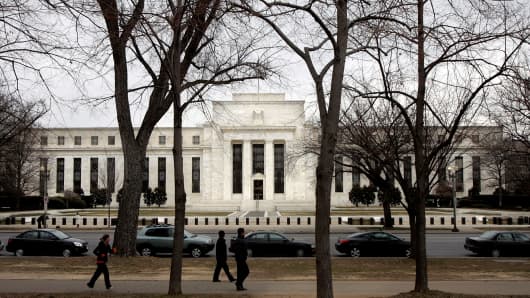Frightened by China's roller coaster equity prices and Europe's accelerating deconstruction, investors had an offer they could not refuse: America's central bankers were selling arguably the best and the safest fixed-income assets on the planet.
Between December 23, 2015 and January 6, 2016, the Fed shrank its balance sheet by $248.7 billion.
Judging by the strong demand for these assets, it seems that many investors did take advantage of the offer: The yield on bellwether ten-year Treasury note was driven down by 7.4 percent during the first trading week of the year.
Good work. The Fed could safely allow some of the maturing assets to roll off its balance sheet, while stepping up its selling into a strong bond market rally.
The feat was so alluring that it prompted some Fed officials' guesses last week on how long it would take to normalize the balance sheet.









